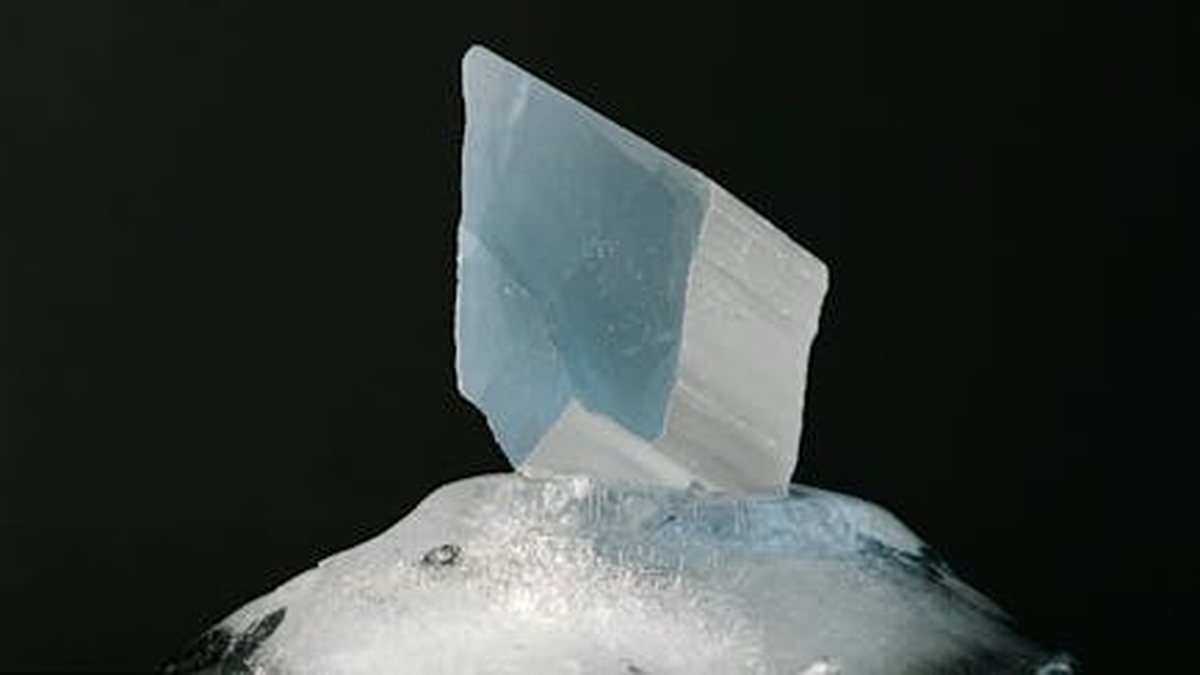Cold Therapy: Benefits & Uses
Feeling sluggish? Battling chronic aches and pains? You might be surprised to learn that the answer could be a bracing dip into icy water. Cold Therapy, also known as Cold water therapy benefits, is gaining popularity for its potential to improve both physical and mental well-being. But what exactly are the benefits, and is it right for you? Let’s dive in and explore the science and practical applications of this invigorating practice.
What is Cold Therapy?
Cold Therapy encompasses a range of practices involving exposing your body to cold temperatures, typically ranging from 50-59°F (10-15°C). This exposure can take various forms, including:
- Cold Water Immersion (CWI): Submerging your body in a tub of cold water, often referred to as a Cold plunge Benefits or an Ice bath therapy.
- Cold Showers: A simpler and more accessible method, involving finishing your shower with a period of cold water.
- Ice Packs: Applying ice packs or cold compresses to specific areas of the body.
- Cryotherapy: Using extremely cold, dry air (typically -166°F to -220°F) for brief periods in a specialized chamber.
While the specific methods vary, the underlying principle remains the same: intentionally exposing your body to cold to trigger a physiological response.
The Science Behind Cold Therapy
When you expose yourself to cold, your body undergoes a cascade of physiological changes. These changes are what contribute to the reported Benefits of Cold Therapy.
- Vasoconstriction: Your blood vessels constrict, reducing blood flow to the extremities and directing it towards your core organs. This helps maintain core body temperature.
- Hormonal Release: Your body releases hormones like norepinephrine (noradrenaline) and dopamine, which can improve mood and focus.
- Increased Metabolism: Your body works harder to maintain its core temperature, leading to a temporary increase in metabolic rate.
- Immune System Activation: Cold exposure can stimulate the immune system, potentially making it more resilient to illness.
Key Benefits of Cold Therapy
Now, let’s explore the specific benefits that research and anecdotal evidence suggest are associated with Cold Therapy.
Boosting Immunity
One of the most exciting potential benefits of Cold Therapy is its effect on the immune system. Studies have shown that regular cold exposure can increase the number of white blood cells, which are crucial for fighting off infection. One study published in the journal Free Radical Biology and Medicine found that regular cold water swimming increased levels of glutathione, a powerful antioxidant that protects cells from damage.
Boost immunity cold water can be a proactive way to support your body’s natural defenses, especially during cold and flu season. However, it’s important to note that more research is needed to fully understand the long-term effects of cold exposure on immunity.
Reducing Inflammation
Inflammation is a natural response to injury or infection, but chronic inflammation can contribute to a wide range of health problems, including heart disease, arthritis, and even some cancers. Cold Therapy can help reduce inflammation cold by constricting blood vessels and decreasing the release of inflammatory chemicals.
Athletes often use ice baths after intense workouts to reduce muscle soreness and inflammation. This is because the cold helps to reduce swelling and promote faster recovery. A meta-analysis published in the Journal of Strength and Conditioning Research found that cold water immersion was effective in reducing delayed onset muscle soreness (DOMS) after exercise.
Improving Mood and Mental Well-being
The release of norepinephrine and dopamine during cold exposure can have a significant impact on mood and mental well-being. Many people report feeling more alert, focused, and energized after a cold shower or plunge. Some studies suggest that Cold Therapy may even help alleviate symptoms of depression.
The initial shock of the cold water can also be a powerful stressor that forces you to focus on the present moment. This can be a form of mental training that helps you develop resilience and cope with stress more effectively. Wim Hof, a well-known advocate of Cold Therapy, has popularized the use of cold exposure in conjunction with breathing exercises to improve mental and physical health.
Enhancing Circulation
While vasoconstriction initially reduces blood flow to the extremities, the body responds by increasing blood flow once you rewarm. This process can improve circulation and deliver oxygen and nutrients to tissues more efficiently. Improved circulation can benefit overall health and may even help with conditions like varicose veins.
Boosting Metabolism
Cold Therapy can temporarily increase your metabolic rate as your body works to maintain its core temperature. While this effect is not likely to lead to significant weight loss on its own, it can be a helpful adjunct to a healthy diet and exercise program. Some research suggests that cold exposure can also activate brown fat, a type of fat that burns calories to generate heat.
Practical Tips for Incorporating Cold Therapy
If you’re interested in trying Cold Therapy, here are some practical tips to get started safely and effectively:
- Start Slowly: Don’t jump into an ice bath right away. Begin with cold showers, gradually decreasing the temperature and increasing the duration over time.
- Listen to Your Body: Pay attention to how your body responds to the cold. If you start shivering uncontrollably or feel uncomfortable, stop immediately.
- Warm Up Afterwards: After cold exposure, warm up gradually with a warm drink, light exercise, or a warm shower. Avoid sudden rewarming with hot water.
- Consider Contrast Therapy: Alternating between hot and cold exposure (e.g., a sauna followed by a cold plunge) can further enhance circulation and recovery.
- Consult Your Doctor: If you have any underlying health conditions, such as heart problems or Raynaud’s phenomenon, talk to your doctor before trying Cold Therapy.
Example Routine: Cold Shower Challenge
A simple way to begin is with a cold shower challenge. Here’s a sample routine:
- Week 1: Finish your normal warm shower with 30 seconds of cold water.
- Week 2: Increase the cold water duration to 1 minute.
- Week 3: Increase the cold water duration to 2 minutes.
- Week 4: Aim for 3-5 minutes of cold water at the end of your shower.
Remember to adjust the temperature and duration based on your individual tolerance.
Who Should Avoid Cold Therapy?
While Cold Therapy can be beneficial for many people, it’s not suitable for everyone. People with the following conditions should avoid cold exposure or consult their doctor first:
- Heart problems
- Raynaud’s phenomenon
- Peripheral artery disease
- Cold urticaria (allergy to cold)
- Anxiety disorders (cold shock can trigger panic attacks)
References
-
National Institute of Mental Health
– National Institute of Mental Health research and resources. -
American Psychological Association
– American Psychological Association mental health guidance. -
World Health Organization Mental Health
– Global mental health initiatives and research.
Conclusion
Cold Therapy offers a range of potential benefits, from boosting immunity and reducing inflammation to improving mood and enhancing circulation. While more research is needed to fully understand its long-term effects, the existing evidence and anecdotal reports suggest that it can be a valuable tool for promoting overall health and well-being. Remember to start slowly, listen to your body, and consult your doctor if you have any concerns. So, are you ready to embrace the chill and experience the potential benefits of Cold Therapy for yourself?






